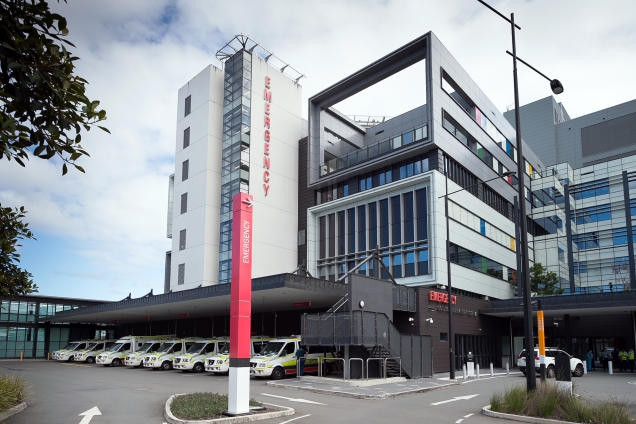
More than $6 million will be invested in extra doctors and nurses for the emergency departments at Gold Coast University Hospital and Robina Hospital.
Gold Coast Health Chief Executive Officer Ron Calvert said the funding will be sourced from organisational-wide savings.
“This is the largest-scale initiative of funding for the emergency departments ever undertaken by Gold Coast Health,” said Mr Calvert.
“Over the next year, approximately $20 million will be invested in a variety of changes to help staff cope with the relentless demand experienced by our emergency departments along with new initiatives to reduce waiting times and improve the overall patient experience.
Minister for Health and Ambulance Service Steven Miles in July announced funding for 40 extra beds across the two hospitals to help manage the flow of patients from the emergency department into the wards.
“We are also in the planning stage of a new mental health crisis stabilisation facility, which will provide an emergency department alternative for people experiencing acute mental health concerns.
“In the interim, emergency department staffing will include a rapid response mental health nurse, social worker and a homelessness specialist, to meet the growing demands of the Gold Coast population.”
In the last financial year, Gold Coast Health experienced significant increases in the complexity and impact of mental health issues, with emergency department presentations increasing by 11 per cent while calls to the mental health hotline (1300MHCALL) increased by 13 per cent.
Last month, 15,376 people were treated at Gold Coast Health emergency departments; an increase of 5 per cent on the same time last year.
“Four out of 10 people who presented to our EDs in August were admitted for further treatment.
Mr Calvert said a new model of care where emergency department patients are triaged according to whether they are ambulatory (able to walk) or non-ambulatory (unable to walk and requiring a bed) will be introduced in early October as an additional measure to improve patient waiting times and their flow through the hospital service.



